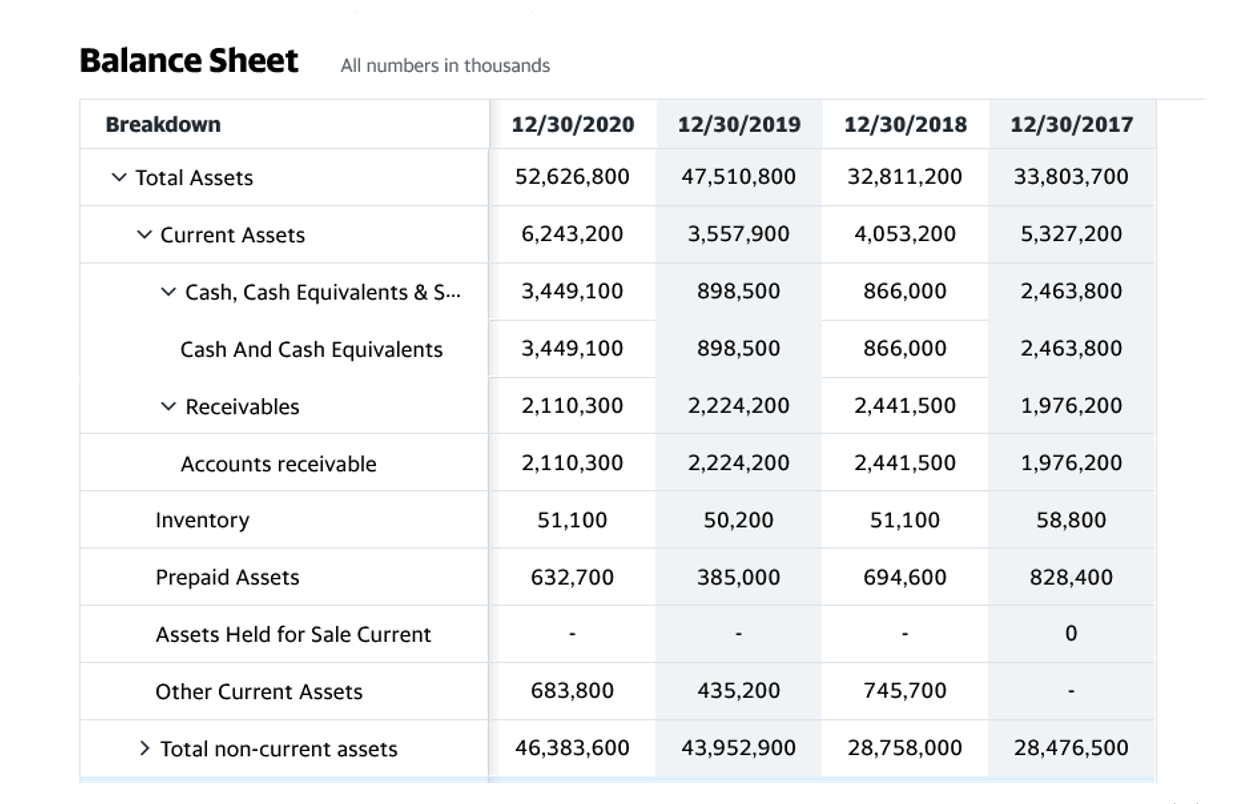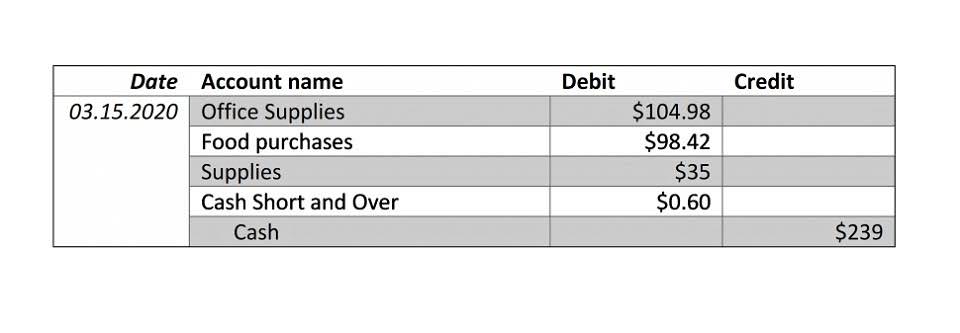- Your cart is empty
- Continue Shopping
Understanding Fixed Asset Accounting: A Complete Overview

At this point, assets that are no longer useful or safe are removed, possibly through recycling, selling, or landfill disposal, depending on their composition. Regularly review and update these policies to accommodate changes in accounting standards or asset management practices. Ensure each asset entry in your system includes comprehensive details—make, model, serial number, location, and purchase date. Accurate and descriptive records facilitate easier tracking, maintenance scheduling, and accurate depreciation calculations.

Fixed Assets Vs Current Assets and Intangible Assets
- This level of detail helps avoid confusion and ensures that assets are properly categorized and managed.
- An asset management plan provides a detailed roadmap for managing an asset over its life cycle.
- The accountants and operations individuals are no longer working in silos and now can actively manage assets to provide risk mitigation, cost reduction, and opportunity identification.
- The continuous use will put the asset in a wear and tear situation due to which maintenance becomes a common occurrence.
- A digital twin is a virtual model of a physical asset that simulates its performance under various conditions.
- The planning stage occurs when current assets aren’t meeting the organizations needs.
- However, your efforts to achieve a streamlined accounting process can easily fall behind if you choose to rely solely on traditional methods.
Fixed asset management refers to the process of tracking and managing a company’s physical assets, such as equipment, buildings, and vehicles, throughout their entire lifecycle. You should establish a comprehensive set of policies and operational procedures that outline your asset life cycle processes. This means documenting every step of your asset life cycle strategy, from planning to disposal.
Delivering Excellence with Service Request Management KPIs
- The team made several recommendations to simplify the entire process and provide greater accuracy.
- Fixed Asset Management also involves grouping of assets into asset-classes/categories, thereby establishing templates for different asset types—that dictate how different assets should be managed.
- In this article, we aim to share our real-time experience of fixed asset management processes, policies, best practices and how to address its various moving parts.
- Companies must also consider tax implications and potential impacts on financial statements when disposing of assets.
This practice mitigates the risk of fraud, theft, or misplacement of assets and helps identify any discrepancies between accounting records and actual assets. Fixed assets, sometimes referred to as capital assets, long-term assets, or hard assets, are items of value owned by a business that is used over a prolonged period, typically a year or more. Discover how ROU asset tax treatment can affect your financials and learn to navigate the complexities of depreciation and tax implications effectively. Discover the efficiency of electronic ear tags for cattle and elevate your herd management with cutting-edge RFID technology for optimal tracking. Underpinned by robust policies, strategies, and plans, LCAM ensures alignment with organizational goals and compliance with regulations. Through effective LCAM, real estate firms can enhance property values, improve tenant satisfaction, and maximize returns on investment.
Benefits of Fixed Asset Management
A longer useful life tends to result in lower annual depreciation expenses, as the cost of the asset is spread over a greater number of years. This distinction holds implications for a company’s net income, tax liabilities, and cash flow. Businesses must strike a balance between extending the useful life to minimize annual depreciation costs and accurately reflecting the economic reality of an asset’s diminishing value.
- With many businesses moving towards digital solutions for fixed asset management, technological risks are emerging.
- Strategic Finance™ is the award-winning flagship publication of IMA® (Institute of Management Accountants).
- From breakdown requests to routine inspections, work orders ensure that maintenance activities are systematically managed.
- When any piece of machinery or equipment has been in use for long, it undergoes wear and tear and necessitates repairs.
- On the other hand, current assets are assets that the company plans to use within a year and can be converted to cash easily.
- By tracking and following maintenance schedules, you’re taking a proactive approach to the care of your equipment.
However, over-reliance on corrective maintenance can lead to increased downtime, higher repair costs, and reduced asset reliability. The criteria for capitalization and initial valuation of fixed assets are essential components of Fixed Asset Life Cycle Accounting. Typically, fixed assets are capitalized if they meet specific thresholds outlined in accounting standards, such as having a cost exceeding a certain amount and a useful life extending beyond one accounting period.

Increased Return on Investment

Maintaining asset records is the process of systematically recording detailed information about an organization’s assets. The information includes asset number, name, cost, depreciation, net book value (NBV), location, and condition. Fixed asset acquisition refers to the process of purchasing or constructing assets that are intended for long-term use in a business, such as machinery, IT equipment, or buildings. In contrast, Current Assets are short-term, liquid assets like cash, inventory, and accounts receivable, which can be easily converted into cash within a year.

Principles of Fixed Asset Management
In essence, a solid grasp of useful life is foundational for prudent financial management and sustainable business practices. Additionally, it aids with audit trails and compliance, both of which are fixed asset accounting essential for fulfilling regulatory obligations. By providing information on which assets are the most valuable and which ones need to be upgraded or replaced, it can also help with decision-making.
HAVE TAX QUESTIONS? WE HAVE ANSWERS!
- And don’t forget that poor equipment can also affect the quality of your products or services, which can hurt customer satisfaction and your reputation.
- Every enterprise typically has a wide variety of assets such as machines, equipment, tools, computers, servers, office furniture and so on.
- Utilize advanced analytics and reporting features available in asset management software like AssetCues to gain deeper insights into asset performance, utilization, and lifecycle costs.
- Understanding fixed asset accounting is fundamental for businesses to effectively manage their long-term tangible and intangible assets.
- Documentation and record-keeping best practices are critical components of Fixed Asset Life Cycle Accounting to ensure accuracy, compliance, and effective management of fixed assets.

